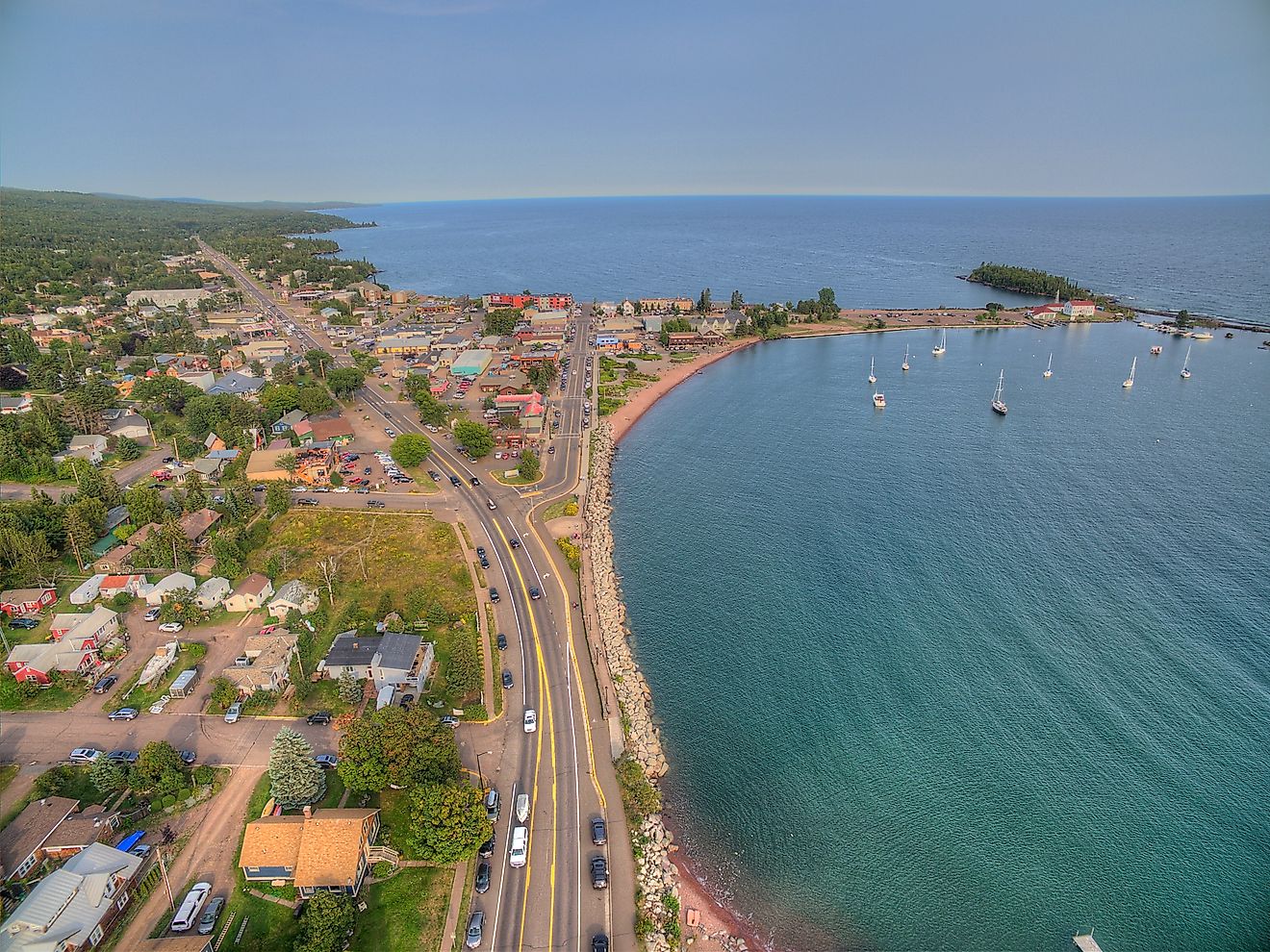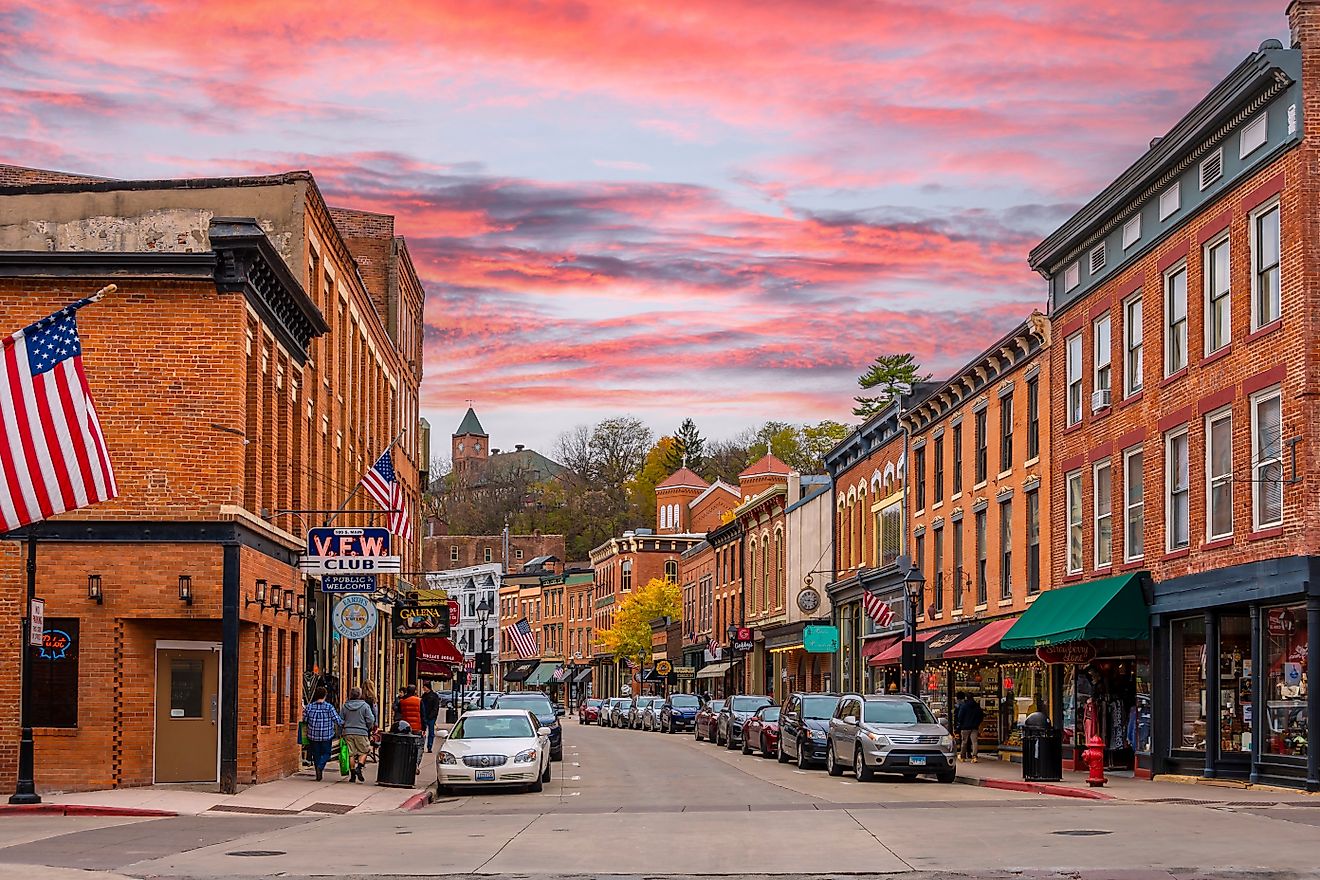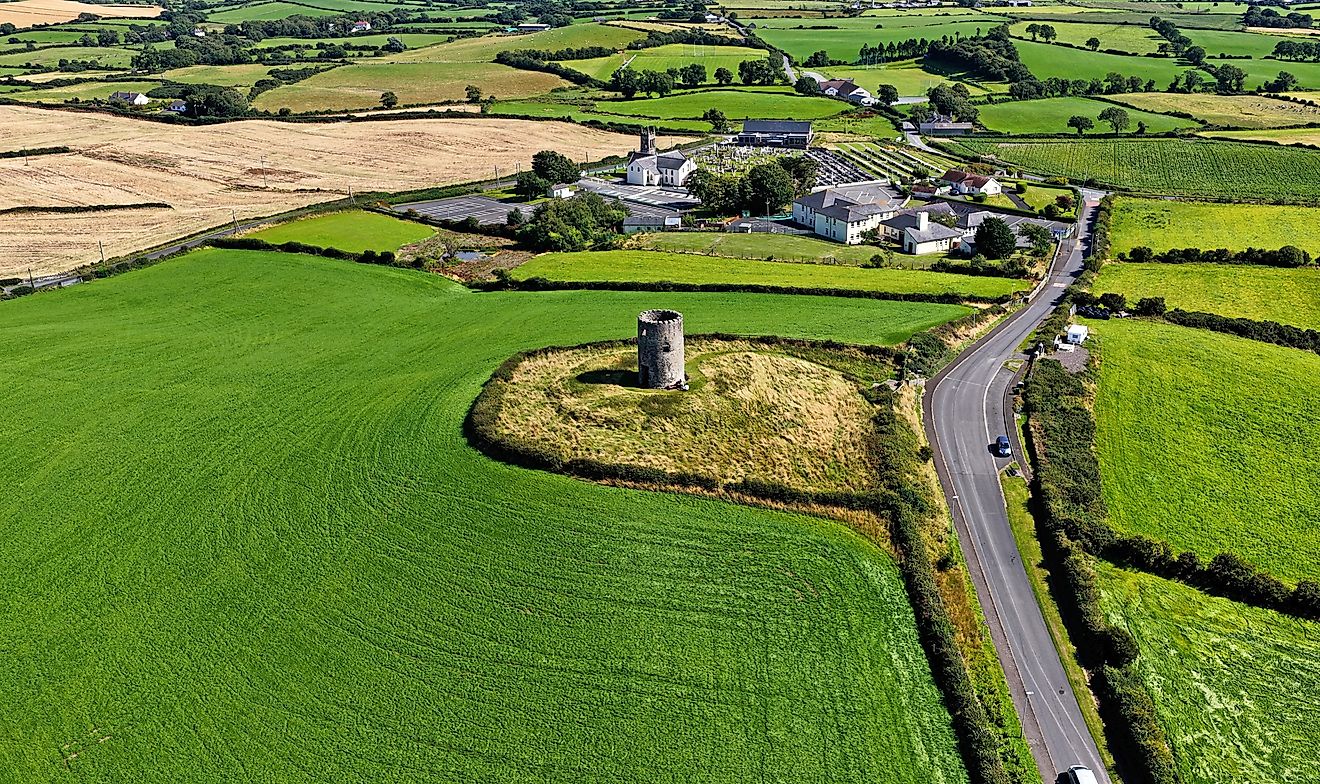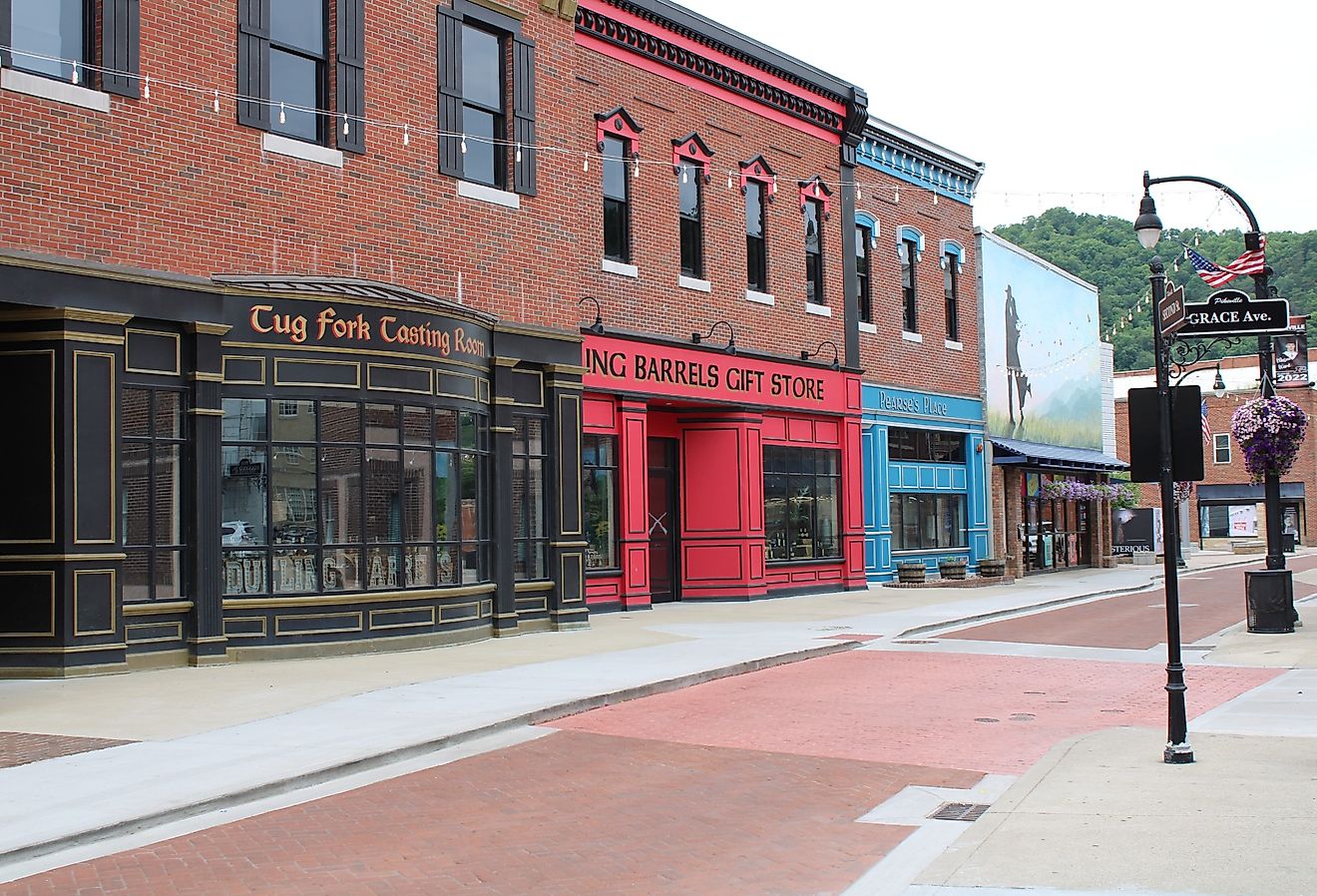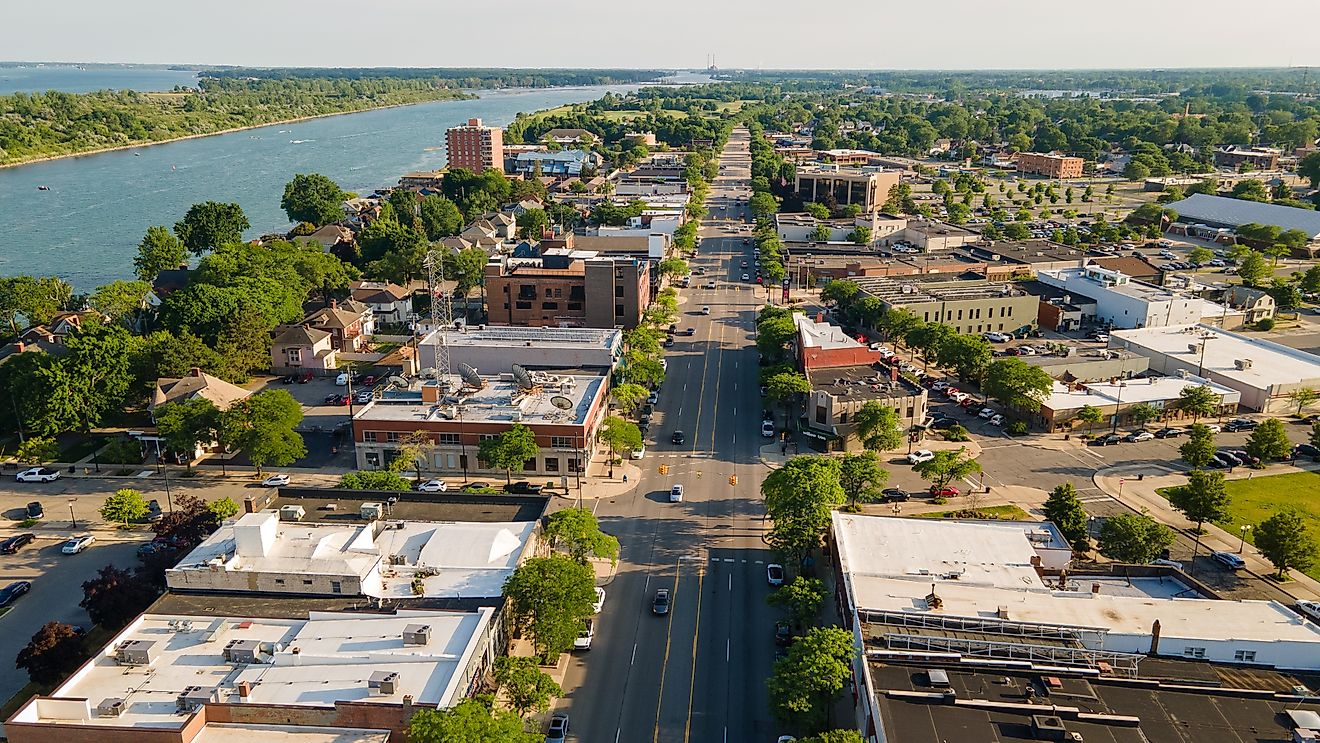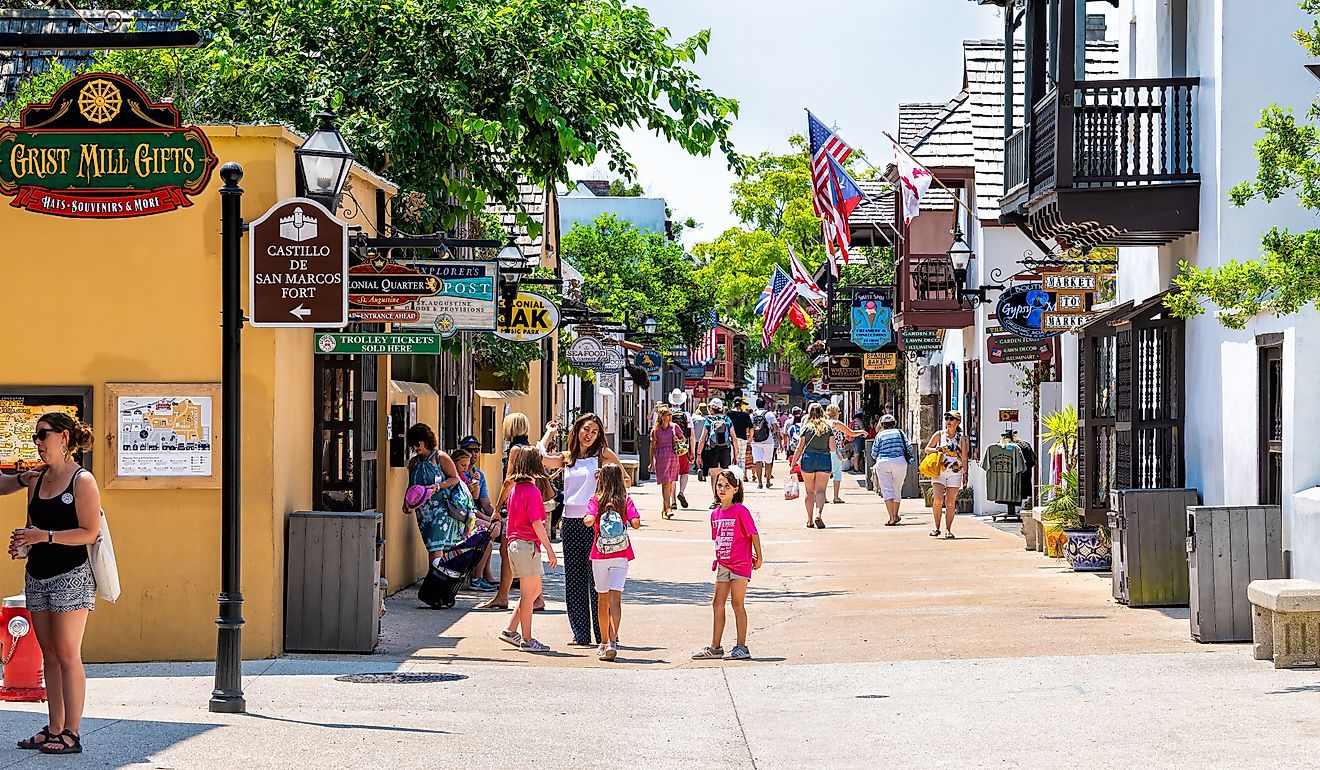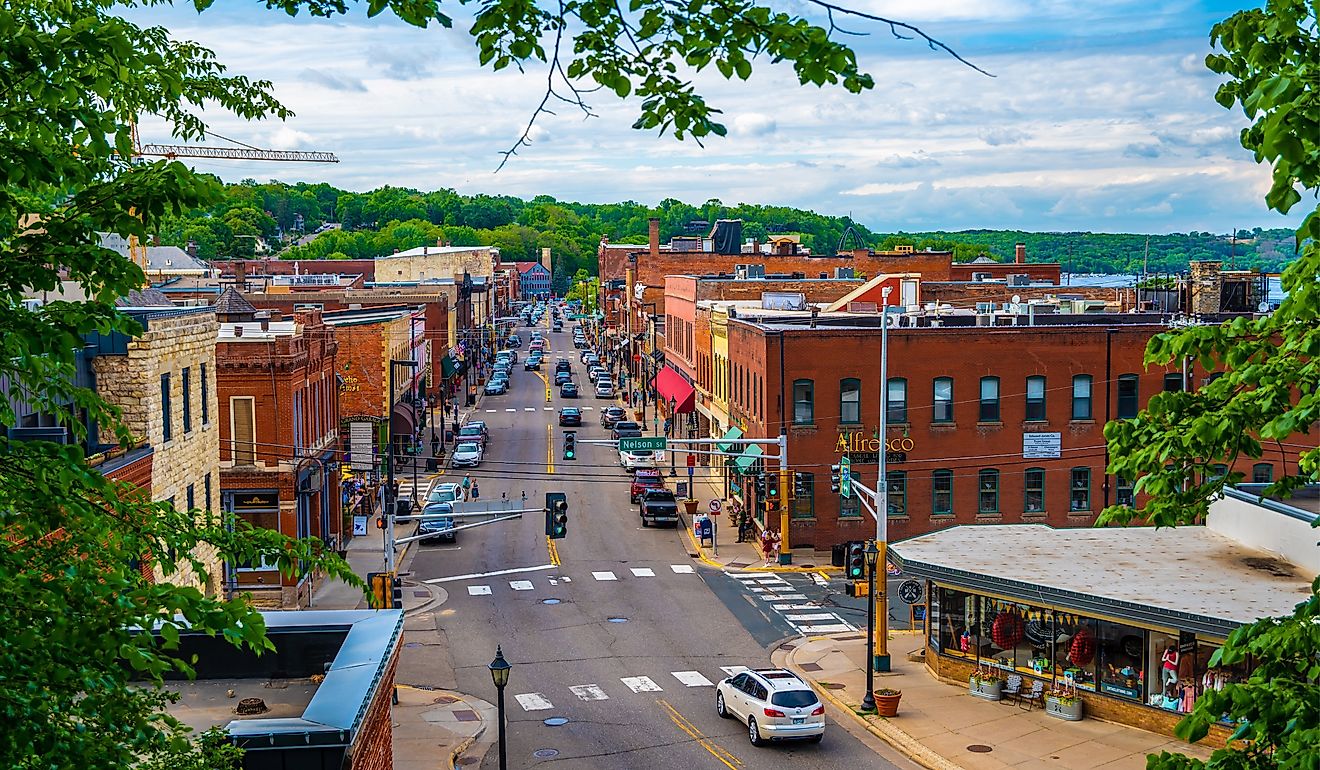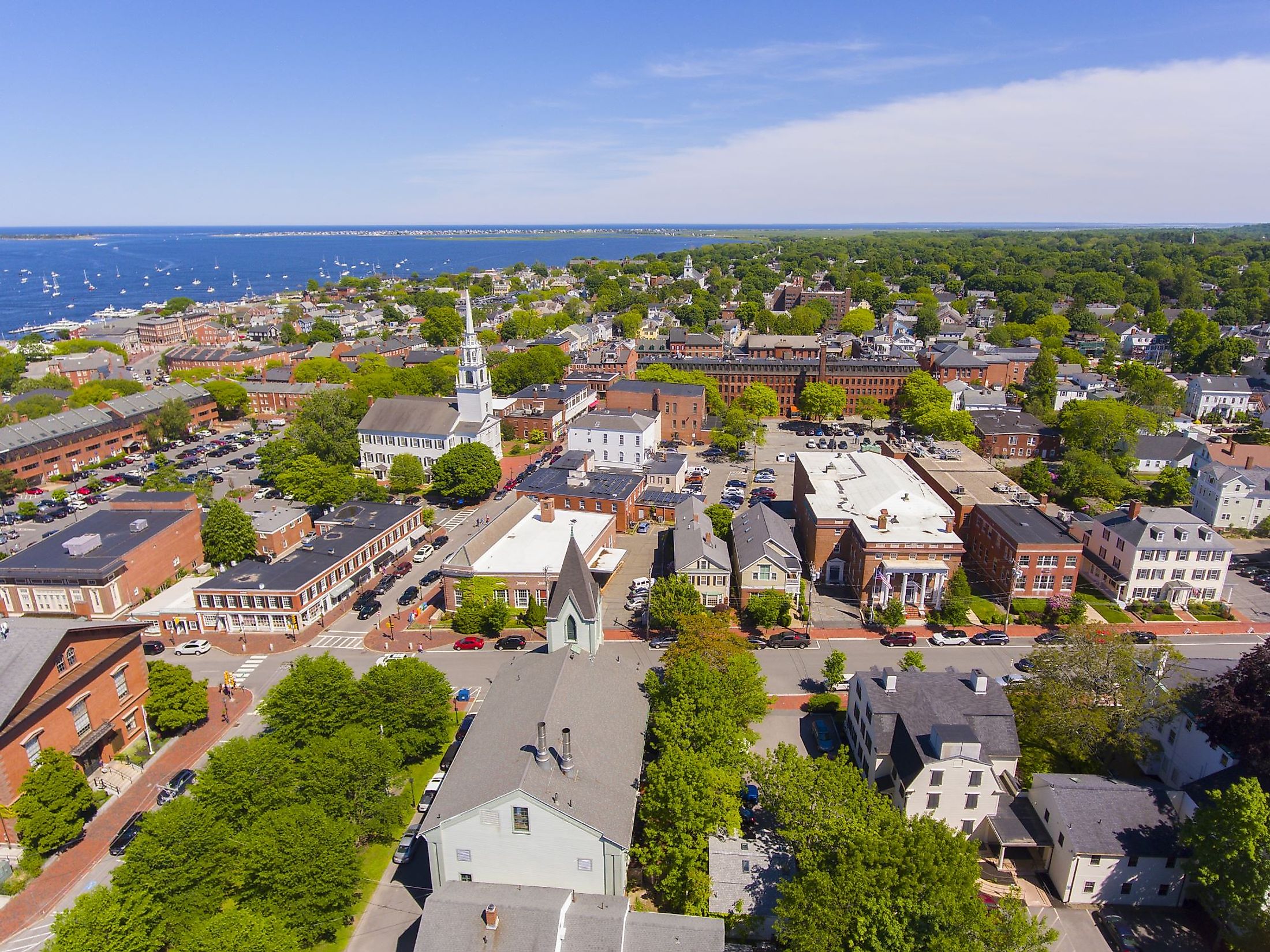
Newburyport, Massachusetts
A quaint coastal community with a historic seaport, Newburyport, Massachusetts, draws tourists from all over with its ties to maritime appeal. From ecologically sensitive habitats, purple sand beaches, and the birthplace of the US coastguard, this oceanic town has roots entwined in New England’s historical past, from trading to privateering in the War of 1812. Today, visitors are attracted to the red brick buildings of downtown and the coastal beauty of the Merrimack River and Plum Island.
Geography And Climate Of Newburyport
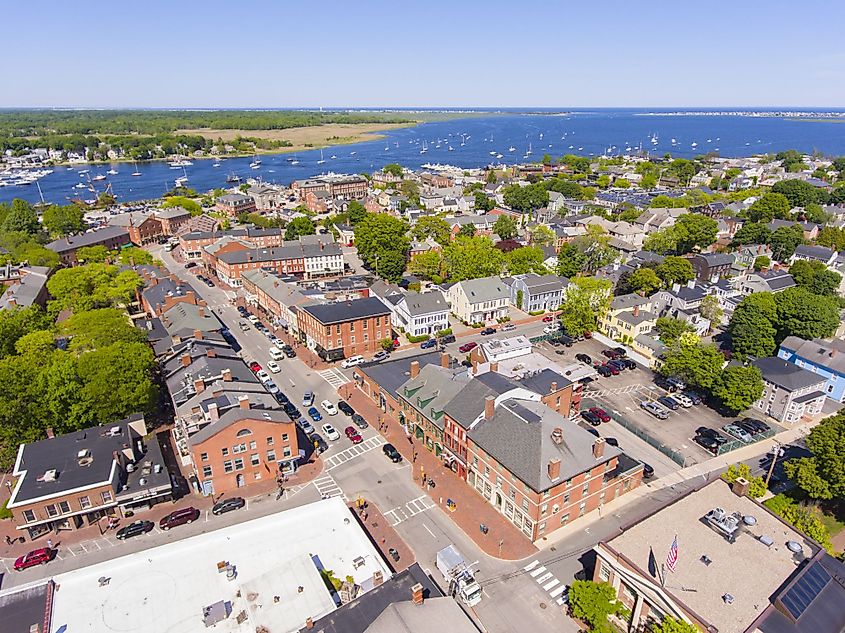
Newburyport is a small coastal city situated in Essex County in the northern portion of the US State of Massachusetts. Newburyport is located approximately 56 kilometers northeast of the state capital Boston. The city covers a total area of 27.74 sq. km, of which 6.11 sq. km is covered by water, and 21.63 sq. km is occupied by land. The 188kilometer bi-state waterway of the Merrimack River runs through New Hampshire to Newburyport, where it joins the Gulf of Maine. In the 19th century, this significant waterway and the Merrimack Valley proved to be important for the textile industry that relied on water power. To the south of Newburyport are the ecologically sensitive marshes that are protected by Plum Island. Moreover, this island acts as a natural barrier between the Atlantic Ocean and the salt marshes. The island has been named after the wild plums that grow there and the purple sand from eroded pyrope garnet.
Newburyport straddles between a humid subtropical climate and a hot-summer humid continental climate. There are four seasons, with humid summers and winters, that see a lot of precipitation influenced by the Atlantic Ocean. Over a year, Newburyport collects 129.5 days of snow, sleet, and rain. Rainfall totals amount to 1267.46 mm, whereas snowfall totals equate to 1435.1 mm. July is the warmest month with a median temperature of 28 °C, and January is the coldest month with a median temperature of -9.8 °C.
History Of Newburyport
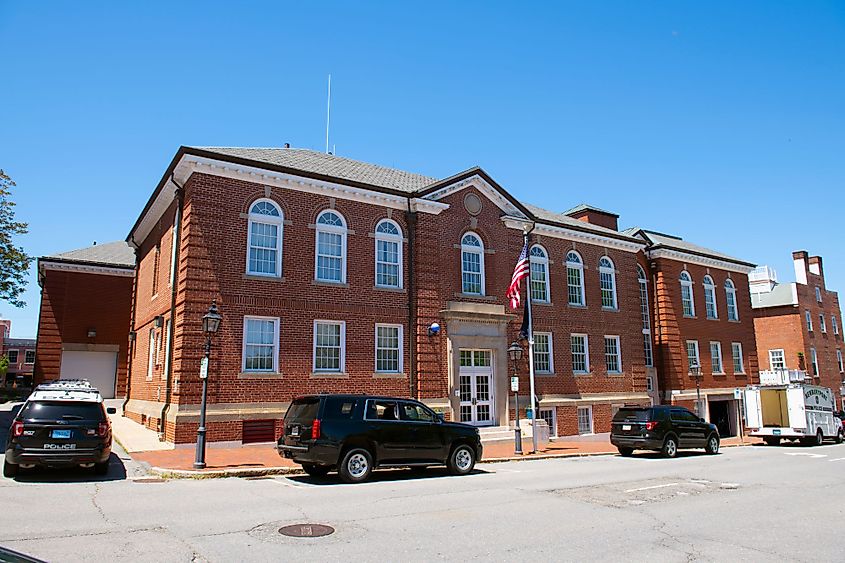
Before the settlement of the "Newberry Plantation" in 1635, the land belonged to the Pawtucket Native Americans. In January 1784, the General Court of Massachusetts appointed its smallest town of Newburyport. Significant at the time for its proximity to the Atlantic Ocean for fishing and ship crafting, the newly established town also had three shipyards and ferries. With the Merrimack River acting as a transportation route, Newburyport thrived as a shipping center and silverware manufacturer. From 1867 to 1873, Southerner Derringer pistols were crafted in Newburyport. Sea captains participated in the triangle trade route and often imported West Indian molasses in exchange for rum made in Newburyport's Market square. Since then, the brand Old Caldwell's Newburyport rum continued to make the spirit until 1961. Many businesses in the downtown area were burned to the ground in 1811 by a fire. With the War of 1812 pending, federal trading policies and embargoes prevented the buildings from immediately being replaced. Yet, it did lead to improved fire safety and building codes. This also prompted the conservation of the brick facade building that occupies the downtown today. During the War of 1812, Newburyport had a fishing fleet that operated as privateers to Georges Bank. These were commissioned ships used for war, typically to capture merchant ships. This was due to the seaport's optimal location to sail across the Atlantic Ocean as well as inland to New Hampshire.
The Population And Economy Of Newburyport
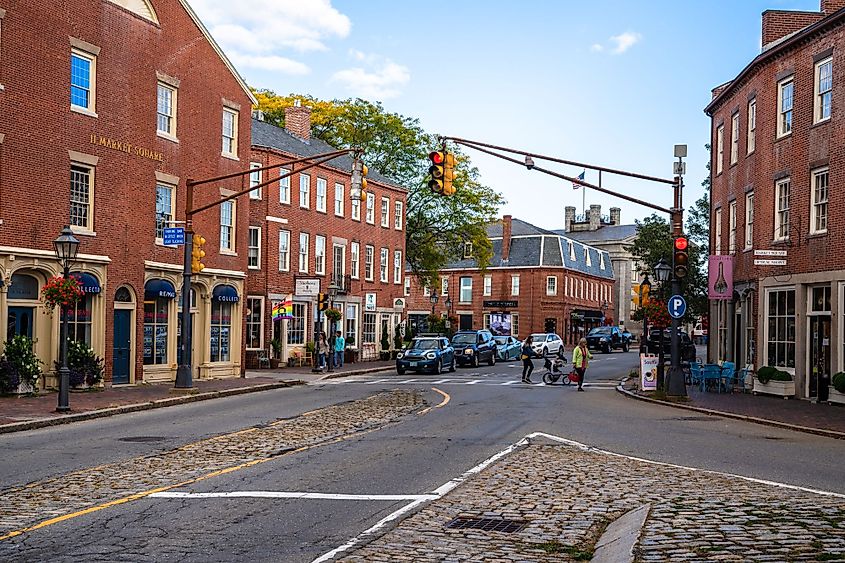
Newburyport has a population of 18,577 inhabitants. Approximately 27.74 sq. km in size, Newburyport has a population density of 845.54 persons per sq. km. The median household income is $145,502, with a gross monthly rent of $1,338. The average age of a resident is 48.9 years old. On the cost of living index, Newburyport rates at 140.1, whereas the state of Massachusetts is 127.2. Housing affordability is the main issue regarding the cost of living in Newburyport, rated at 223.1. Yet, 5.94% of residents live below the poverty line.
The unemployment rate of Newburyport is 4.8%, whereas the US average is 6.0%. The top economic sectors include healthcare and social assistance making up 15.5%, manufacturing at 12.8%, and scientific and technical services at 12.3%. Dianne Fine Dessert is headquartered in Newburyport and is the top manufacturer. With a workforce of 96 employees, they make 100s of different desserts under Dianne’s Fine Desserts and Alden Merrell Desserts Brands. Some items made are cheesecakes, tortes, cakes, miniature treats, and gluten-free desserts, to name a few. Their annual revenue equals $131 million a year.
Attractions In Newburyport
Custom House Maritime Museum
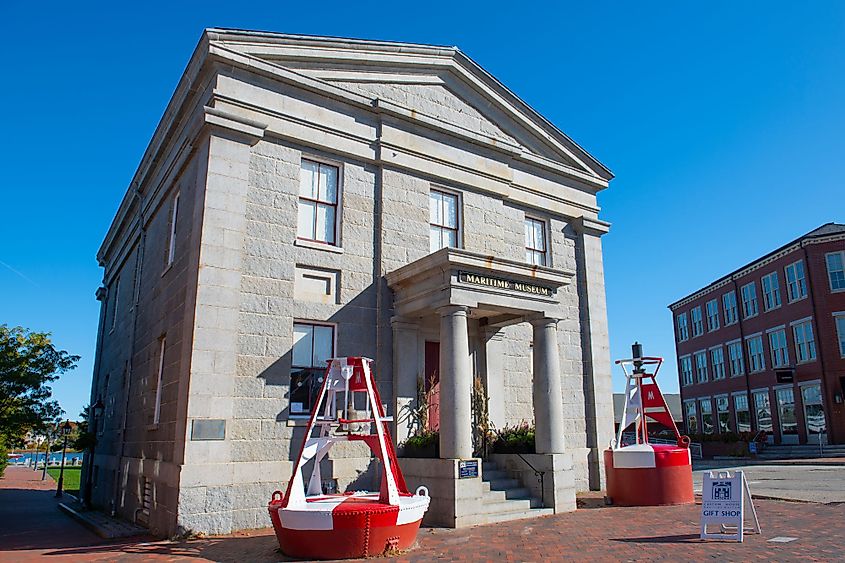
Built in 1834, this old customs house was the birthplace of the US coastguard. When the custom house first opened, its purpose was to collect taxes from imports from across the Atlantic Ocean, and it was the first major seaport in the east. The museum has a collection of maritime art, model ships, and a display of shipwrecks.
Mass Audubon Joppa Flats Education Center
Situated on the shores of the Merrimack River is the Mass Audubon Flats Education Center. Visitors can see firsthand the fragile ecosystems of the salt marshes, mudflats, and coastal waters. Guided tours are offered in addition to interpretive exhibits like the hands-on touch tank as well as an art exhibit. For over 125 years, Mass Audubon Flats has conserved over 1,618 sq. km of sensitive habitats and is at the forefront of combatting climate change by educating Massachusetts on the importance of carbon neutrality.
Maudsley State Park

Maudsley State Park is located in downtown Newburyport on the snaking banks of the Merrimack River. The park is known for its 19th-century gardens and display of mountain laurels. Maudsley park is a peaceful place for an afternoon walk, bike, or picnic and is open from sunrise to sunset.
A peaceful oceanfront community is known among tourists for its beautiful coastal landscapes, green spaces, and historic buildings. Newburyport draws many all year round for its intriguing maritime history and ever-changing downtown shops. Plum Island is a favorite summer destination for its purple sand, and the marshes allow visitors to see many oceanic bird species.
